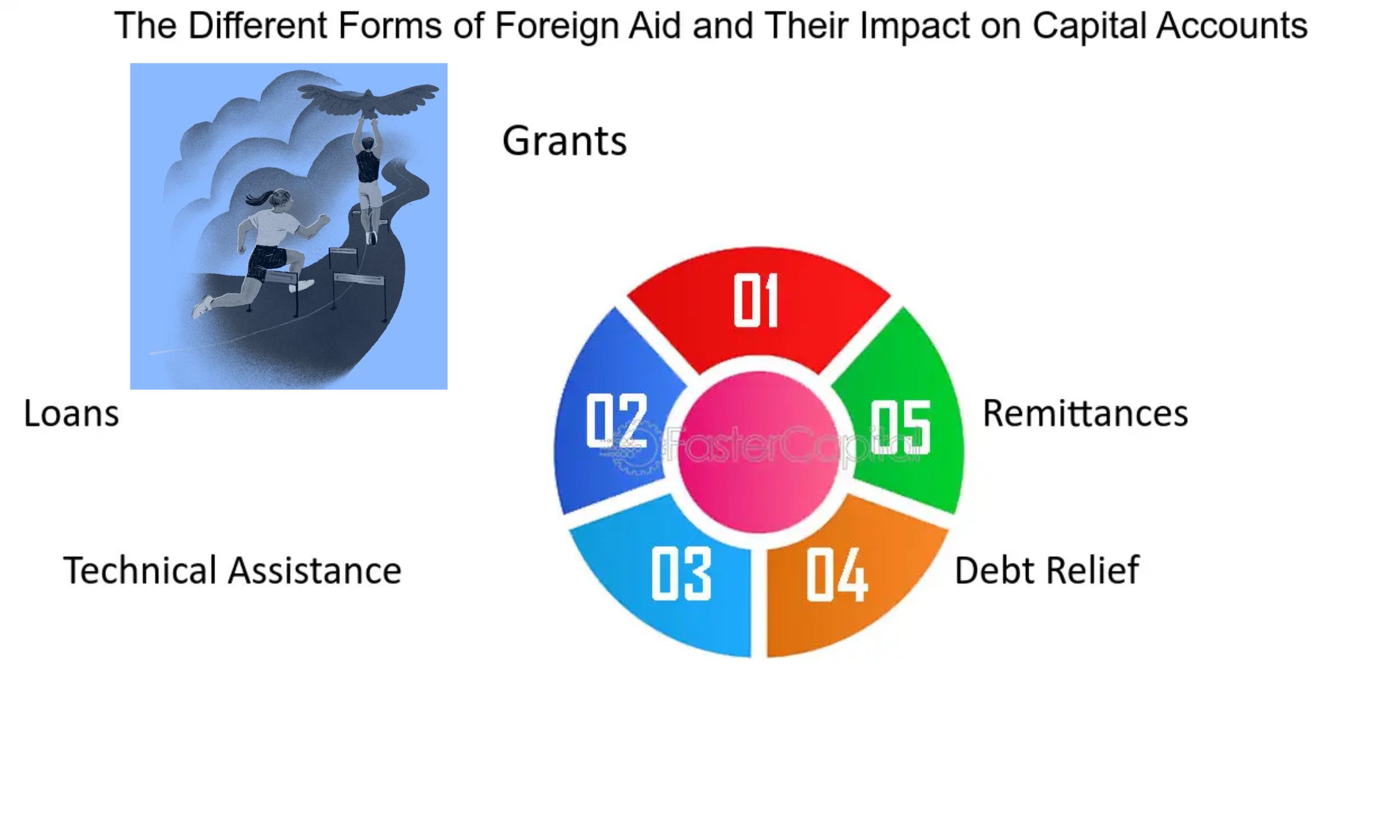The allure of numbers can be deceiving, even for experts. As a pollster, I know that statistics can be presented to support conflicting narratives. A recent example from the Council on Foreign Relations (CFR) highlights this issue. Two publications, one on US aid to Ukraine and another on aid to Israel, present disparate conclusions based on different methodologies.
The first report focuses on 2022 data, showing Ukraine received $75.4 billion in aid, surpassing other recipients. The second report considers aid from 1946 to 2023, totaling $300 billion for Israel, with Ukraine not even making the top 10. The discrepancy lies in the inclusion of defense spending in the Ukraine report, but not in the Israel report.

This selective accounting raises questions about the definition of “direct U.S. aid to foreign governments.” American taxpayers and foreign leaders might be surprised to learn that defense spending, which includes troops and weapons, doesn’t constitute direct aid. The reality is that our assistance to countries like South Korea, Vietnam, and NATO allies far exceeds the reported aid numbers.
The truth is that numbers require context and careful consideration. While statistics can be accurate, they can also be misleading. As we evaluate information, it’s essential to look beyond headlines and consider the broader picture to uncover the truth.


